Welcome!
My name is McKayla Meier and I am a Ph.D. Candidate at the University of Florida! My research focuses on the petrology and geochemistry of planetary volcanism, specifically on the Moon and Mars. Originally from the Columbia River Gorge of the Pacific Northwest, I love to spend my time hiking up large stratovolcanos, such as Wy'east, or ripping up my hiking boots on some sharp lava flows.
Interested in collaborating? Questions about the graduate school processes?
Let's connect!

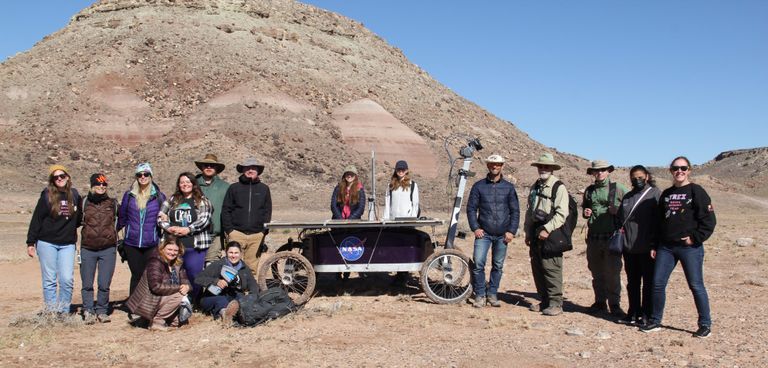
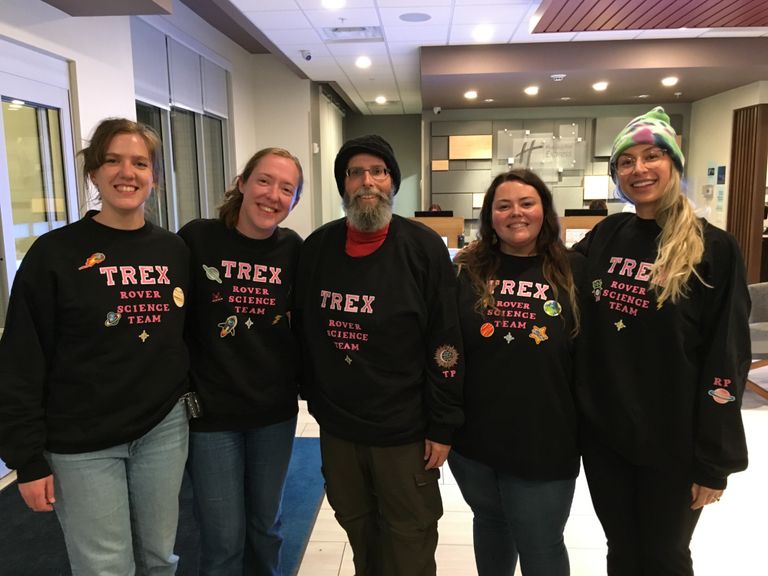
Research Interests
Planetary Volcanology and Geochemistry
Our Solar Systems rocky bodies have experienced volcanism during their formation and evolution. Volcanism, along with a prominent hazard on Earth, is a dynamic geologic process which greatly influences the current surfaces we see today. To examine volcanism, I use experimental and isotopic geochemistry to simulate and depict lunar compositions.
The goal of my research is to help prepare for the future missions to the lunar surface as well as define the instrumentation used. In collaboration with the Planetary Science Institute, I am one of the spectroscopy leads of the TREX team, which sets to advance rover exploration and planning.
Lunar Science
NASA's Artemis program has sparked a new set of mission centered around the Moon, including crewed trips to the lunar surface for the first time since the Apollo program.
In collaboration with the Lunar and Planetary Institute, my research focuses on the geomorphology of the selected and potential lunar landing sites to investigate regions of interests and trafficability.
At the University of Florida, I explore lunar silicic volcanism through experimental petrology and isotopic geochemistry, as well as anorthositic meteorite geochemistry.
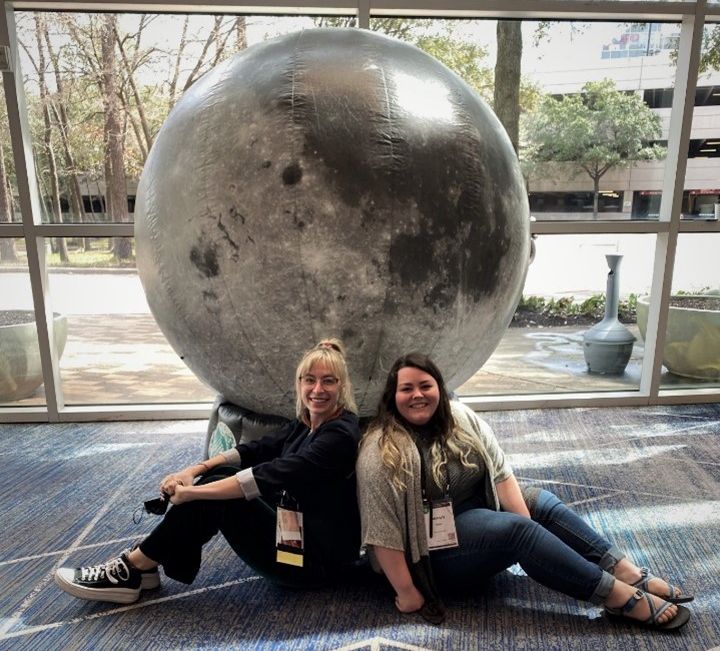
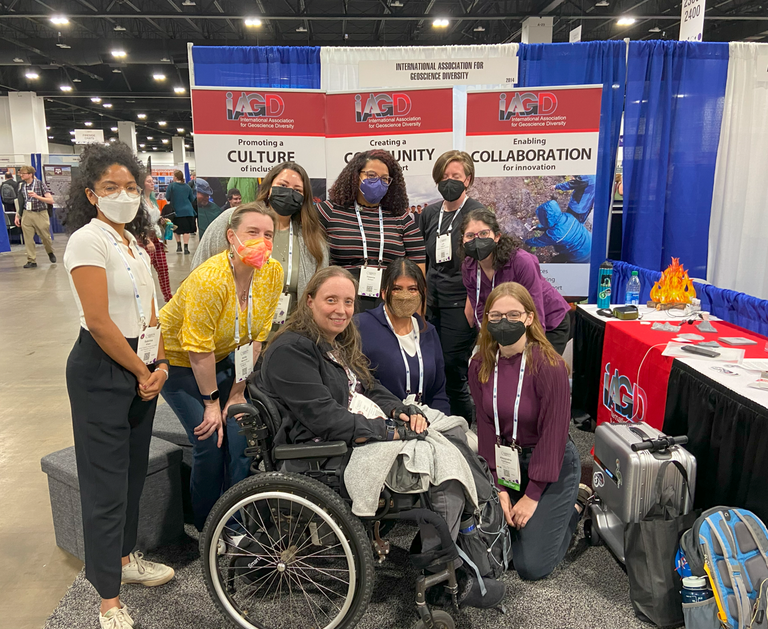
Geology Education
The field of geology has an outdated and inaccessible approach to field studies. With the concept of geology undergraduate degrees, students are almost always required to attend a field course that doesn't provide adequate accessibility. With the NSF GeoSPACE accessible field course, I aim to address the methods to improve field courses for students from all backgrounds.
Masters Research
Petrology and Geochemistry
To investigate the source and formation of volcanic rocks, geochemistry is a quantitative method to evaluate the life of crystals. Crystals, such as plagioclase, olivine, and pyroxene, are representative of evolution, in which the elemental abundances show source and surface processes. I focus on determining what aspects of crystalline textures and compositions reflect differing petrologies of volcanic rocks, such through:
- analysis of petrologic textures of plagioclase, olivine, and pyroxene to decipher eruption and emplacement dynamics
- crystallinity in comparison to emplacement environment
- differences of geochemistry between basaltic eruptions
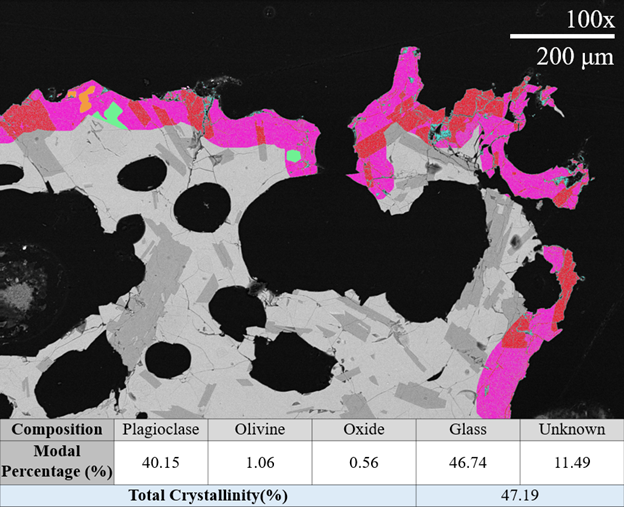
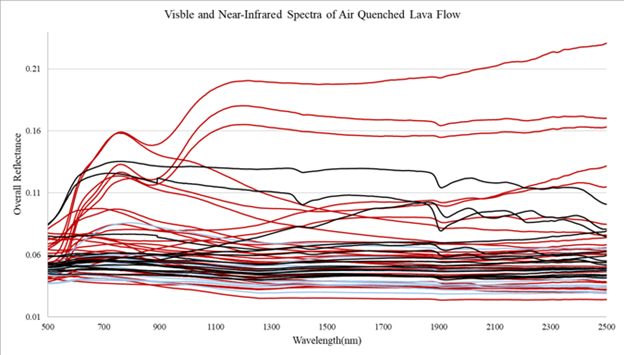
Spectroscopy
Planetary geochemistry uses remote techniques to look at the geology of planetary bodies, such as on rover or orbiter missions. Spectroscopy uses the reflectance of volcanic rocks to identify the mineralogy without the additional laboratory work of traditional geochemistry methods. My research uses different spectrometers to identify:
- correlation between absorption bands and abundance
- identifying basaltic control spectra
- determining space exploration compatible methods, with application to satellite and rover data observed on Mars
Lava-Water Interactions
Potential lava-water interactions on Earth and Mars have been identified using geomorphology, as indicative of climatic history. Such interactions have not been quantified, in which the geochemical and spectral aspects are quantitative methods for characterization. Using geochemistry and spectroscopy, my research investigates:
- differences between air, water, and ice quenched basaltic lava flows
- variations along basaltic flows
- quantifying ranges of crystallinity and overall brightness for difference emplacement environments
